A tiny constellation in the Northern Celestial Hemisphere, located 3,000 light-years away from Earth, is predicted to undergo a once-in-a-lifetime event. Such outbursts from T Coronae Borealis happen only about every 80 years.
Scientists are incredibly excited for upcoming event and getting ready to spectate it, including the well known Hubble Space Telescope.
More info: NASA
“This is the one big chance you have of seeing the brightest nova of the generation”
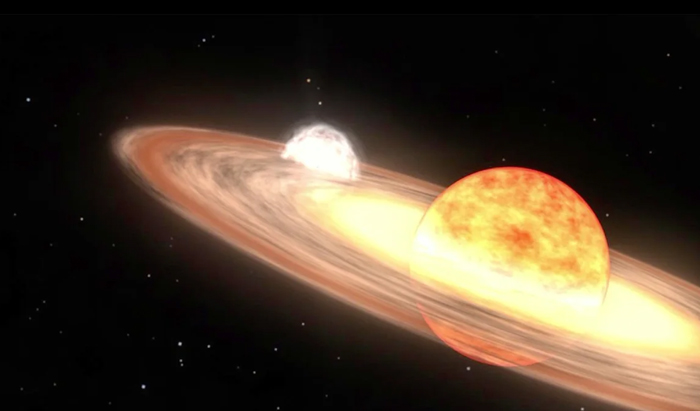
Image credits: NASA’s Goddard Space Flight Center
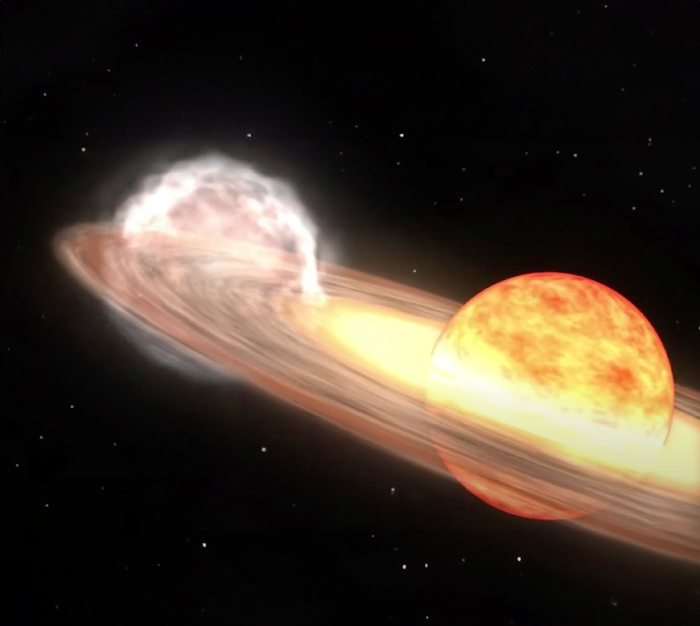
Image credits: NASA
Historical records trace that T Coronae Borealis bursts were witnessed in 1787 by Francis Wollaston and in 1217 by Abbott Burchard. The last one was documented in 1946 and the astronomers believe it will be visible again between February and September 2024.
“This is the one big chance you have of seeing the brightest nova of the generation,” says Bradley Schaefer, professor emeritus at Louisiana State University and longtime observer of recurring nova.
To prepare for such a remarkable sky event, we should get to know better the Corona Borealis constellation.
Corona Borealis contains four named stars that were approved by the International Astronomical Union (IAU): Alphecca, Kamui, Moldoveanu, and Nusakan.
In Greek mythology, Corona Borealis was linked to the legend of Theseus and the minotaur. It is one of the 48 constellations that were listed by the 2nd-century astronomer Ptolemy, and remains one of the 88 modern constellations. It is located right between Boötes, Hercules and Serpens Caput, and this is where the strong burst of light will appear as a new star.
For a once-in-a-lifetime event in the sky, we should look to the Corona Borealis constellation
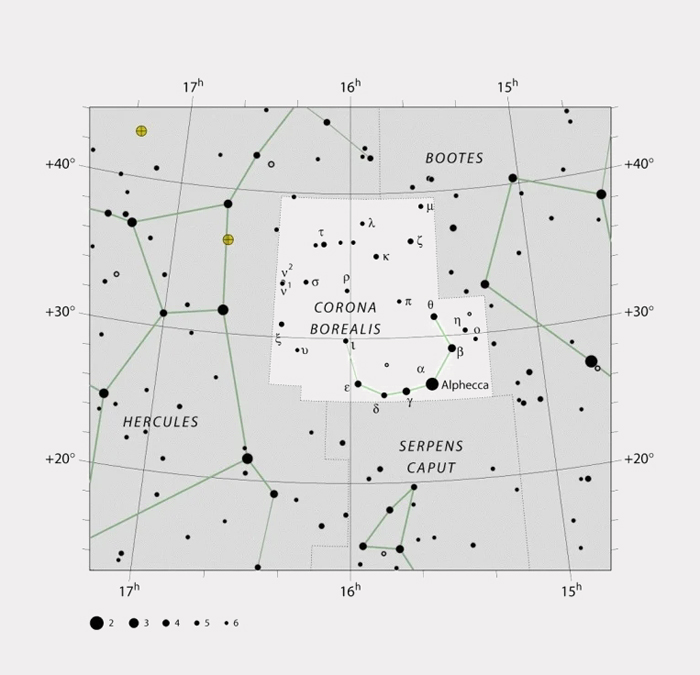
Image credits: wikipedia.org
I guess not all of us know what a nova actually is; therefore, here’s some explanation.
A nova is any of a class of exploding stars whose luminosity temporarily increases from several thousand to as much as 100,000 times its normal level: it’s the temporary brightening of a star before it fades again.
A nova reaches maximum luminosity within hours after its outburst and may shine intensely still for several days or occasionally even for a few weeks. After that, it slowly returns to its former level of luminosity. To observers, such objects may appear to be new stars; hence the name nova, which in Latin means “new.”
It’s common to observe novas occuring in double-star systems and T Coronae Borealis is such a system as well. It consists of two stars orbiting each other. Both members of such a system, commonly called a close binary star, are aged: one is a red giant and the other a white dwarf.
The stars are close enough that as the red giant becomes unstable from its increasing temperature and pressure and begins ejecting its outer layers, the white dwarf collects that matter onto its surface. This causes the atmosphere of the white dwarf to heat up, producing the increased brightness that we see as a nova from Earth.
The main sub-classes of novas are classical novas, recurrent novas, and dwarf novas. They are all considered to be cataclysmic variable stars.
A nova, contrary to a supernova, which marks the end of a star’s life, does not destroy the white dwarf. Instead, it merely expels the outer layers of accumulated material, allowing the process to potentially repeat.
Astronomers estimate that the Milky Way experiences roughly 30 to 60 novas per year and they are relatively common in the Andromeda Galaxy
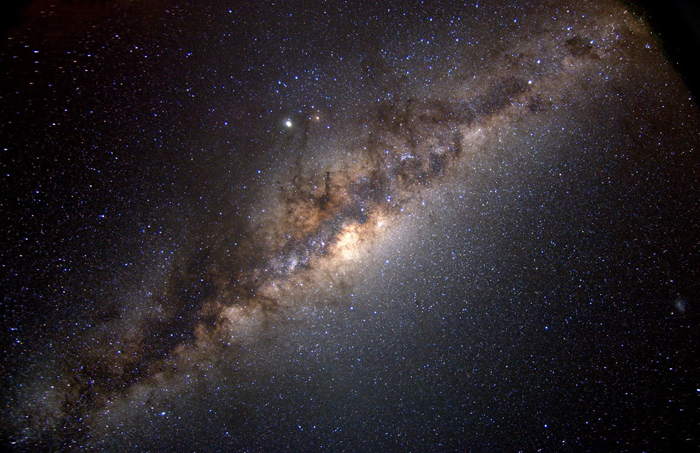
Image credits: NASA
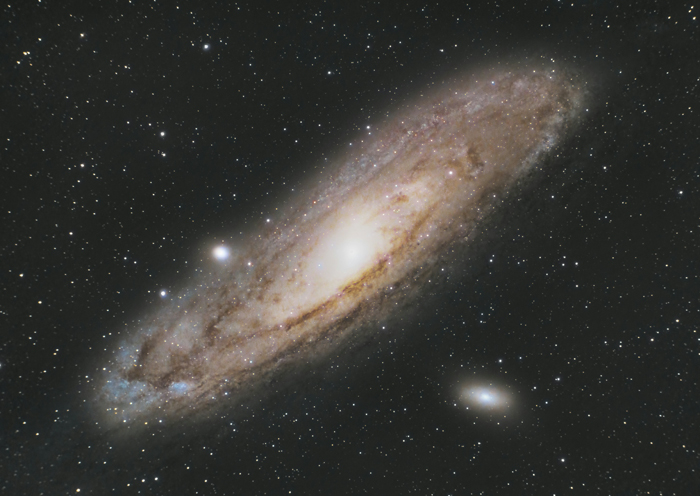
Image credits: Ahmad Basem
“Most novas happen unexpectedly, without warning,” said William J. Cooke, NASA Meteoroid Environments Office lead. “However, T Coronae Borealis is one of 10 recurring novae in the galaxy. We know from the last eruption back in 1946 that the star will get dimmer for just over a year before rapidly increasing in brightness. T Coronae Borealis began to dim in March of last year, so some researchers are expecting it to go nova between now and September. But the uncertainty as to when this will happen is several months – can’t do better than that with what we know now.”
In case you will miss T Coronae Borealis’ burst in the sky, here are several more astronomical events that will occur this year:
- 2024 Total Eclipse – NASA Science: April 8, 2024 (it will be the last total solar eclipse visible from the contiguous United States until 2044)
- Eta Aquariids meteor showers: early May (with visual rates as high as one per minute for observers in the Southern Hemisphere)
- Perseids meteor showers: mid-August (there will be no moonlight to spoil the show this year)
- Partial lunar eclipse: September 18 (skywatchers in North and South America, Europe and Africa will have the opportunity to witness a partial lunar eclipse starting at 10:12 p.m. Eastern Time on September 17)
- Comet Tsuchinshan-ATLAS passes close to Earth: October 12 to October 19 (this comet will pass closest to the sun on September 28, 2024, and closest to the Earth on October 12)
- Orionid meteor shower: September 26 to November 22 (this year, the Orionids will peak on the night of October 20 and morning of the 21st)
- Geminids meteor showers: mid-December (the number of bright meteors is expected to outshine the strong moonlight)

Image credits: Pavel Danilyuk
Since there’s no exact day and time when we’ll be able to see the outburst from T Coronae Borealis, I highly recommend looking up to the night sky as often as possible because as Sanober Khan once said:
“Maybe life is all about twirling under one of those midnight skies,
Cutting a swathe through the breeze
And gently closing your eyes.”
People on the internet shared their happiness about the upcoming new star
























 English (US) ·
English (US) ·